CAREER Recognition: Five from Tickle College of Engineering Earn Award
The National Science Foundation has chosen five assistant professors from the Tickle College of Engineering as 2018 recipients of its prestigious CAREER award, given in recognition of young faculty members making an impact in their field.
Siris Laursen and Joshua Sangoro of the Department of Chemical and Biomolecular Engineering, Tim Truster of the Department of Civil and Environmental Engineering, Daniel Costinett of the Department of Electrical Engineering and Computer Science, and Andy Sarles of the Department of Mechanical, Aerospace, and Biomedical Engineering each received the honor for their work.
Their selections now give the college a total of 12 faculty members so honored since 2016, underlying the important and growing role of young faculty across the college’s departments.
“In simplest terms, that means that more than one-fourth of our assistant professors have been signaled out for this highly thought of award in just the last three years,” said Wayne Davis, dean of the college. “It’s a good reflection on the work our departments are doing and that our faculty has grown by quality as well as quantity.”
Here is a brief glimpse into each of their projects, including educational outreach programs required by NSF:
Costinett: Improving power electronics
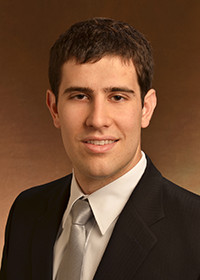
Studies show that 80 percent of all electricity in the US will be processed by at least one power converter by 2030.
Costinett’s research aims to develop new approaches to converters, promoting compatibility across numerous applications, improving designs for high-performance capabilities, and developing models that better reflect the needs and resources of the future.
He is building a framework that will allow for shorter design time while optimizing performance.
For his educational component, he is designing a curriculum that can be introduced at the secondary school level and continue through graduate studies.
Laursen: Developing inexpensive catalysts
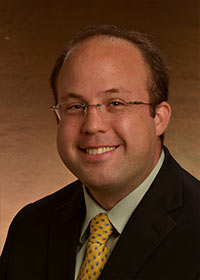
• Catalysts enable the efficient valorization of low quality energy and chemical feedstocks, yet are commonly composed of expensive and scarce platinum group metals
• Laursen has developed methods to produce and explore the catalytic chemistry of a vast number of new and inexpensive catalytic materials called intermetallic compounds and the chemical transformations that occur on the surfaces of these materials that could allow substantial practical advancements in energy and chemical production
• The insights developed through Laursen’s research will impact established chemical industry as well as new and budding renewable energy and chemicals production
• A significant portion of the project aims to develop a series of educational tools that may be used to disseminate the cutting-edge scientific understanding produced in his research to the UT community and to the greater public through a series of advanced courses and YouTube videos aimed at helping the general public understand the work.
Sangoro: Unraveling the molten salt mystery
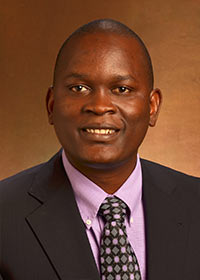
• Room temperature molten salts hold great promise for many aspects of power and electricity, but little is understood about them.
• Sangoro will use experimental techniques to observe and study how their molecules are organized at the mesoscale level and how that plays into their physical and chemical properties.
• He is also developing a model to help describe his findings as well as studying how geometric confinement affects the overall dynamics of molten salts.
• He will use his findings to develop specific coursework for students to help train them in this rapidly changing field.
Read about Sangoro’s research.
Sarles: Unlocking the secrets of cell interactions
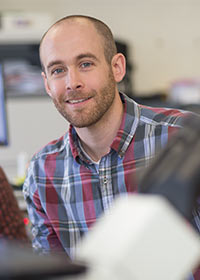
• Understanding how synthetic nanoscale materials interact with living cells is vital for improving delivery of cargos through cellular membranes and evaluating the health and environmental risks of new materials.
• Sarles will develop new experimental approaches that aim to improve our ability to measure the interactions between nanomaterials and cellular membranes and will apply these methods to explain how a type of amphiphilic—meaning it both repels and attracts water—nanoparticle can enter cells without causing damage.
• This knowledge unlocks the necessary details for designing nanoparticles as vehicles to transport other materials from one side to the other, paving the way for advanced medicinal, chemical, and agricultural uses.
• He has also developed INTERFACE, an outreach program that will include UT undergraduate researchers and journalism students as well as high-school students from the nearby L&N STEM Academy.
Read about Sarles’s research.
Truster: Understanding why materials fail
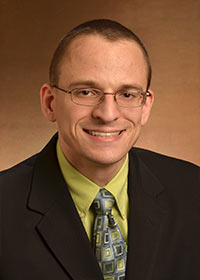
• Structural failure due to material fatigue caused by repeated motion is a major threat to national priorities such as health, welfare, and defense.
• Truster will look at the mechanics behind such failures at a variety of scales to try to gain an understanding of how stress distributes between material features at the microstructure level.
• His research will be one of the first of its kind to use a computational approach to look at interactions at grain boundaries, which are the areas in materials where two particles meet and the most likely spot of failures.
• He will include underrepresented students at the K-12 level in his research outcomes, helping them become engrained in STEM education and preparing them for advanced sciences.
Read about Truster’s research.